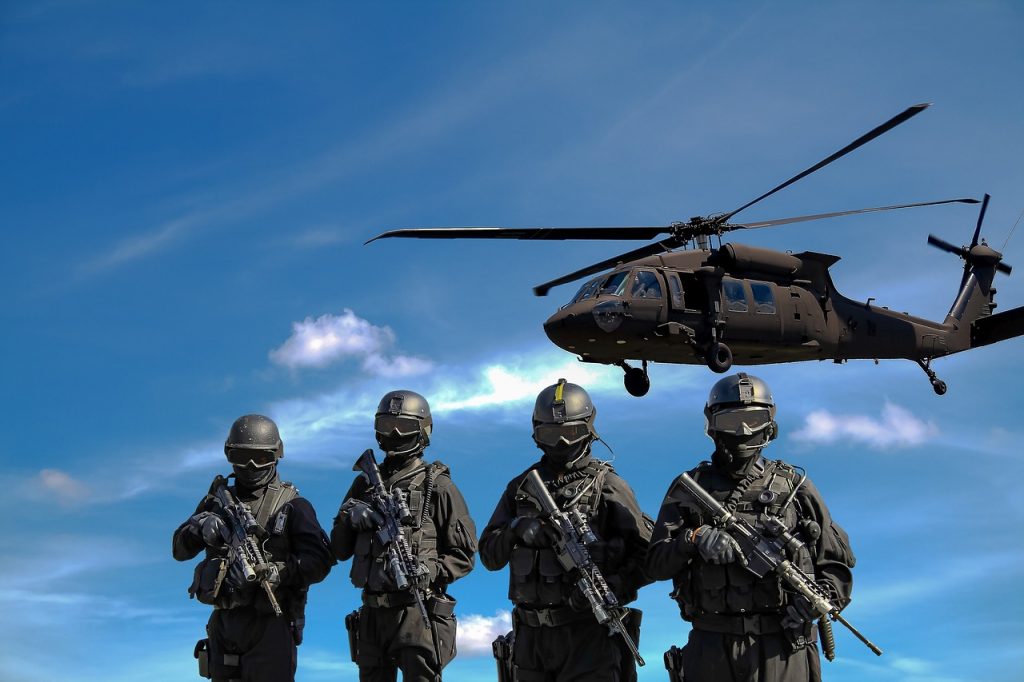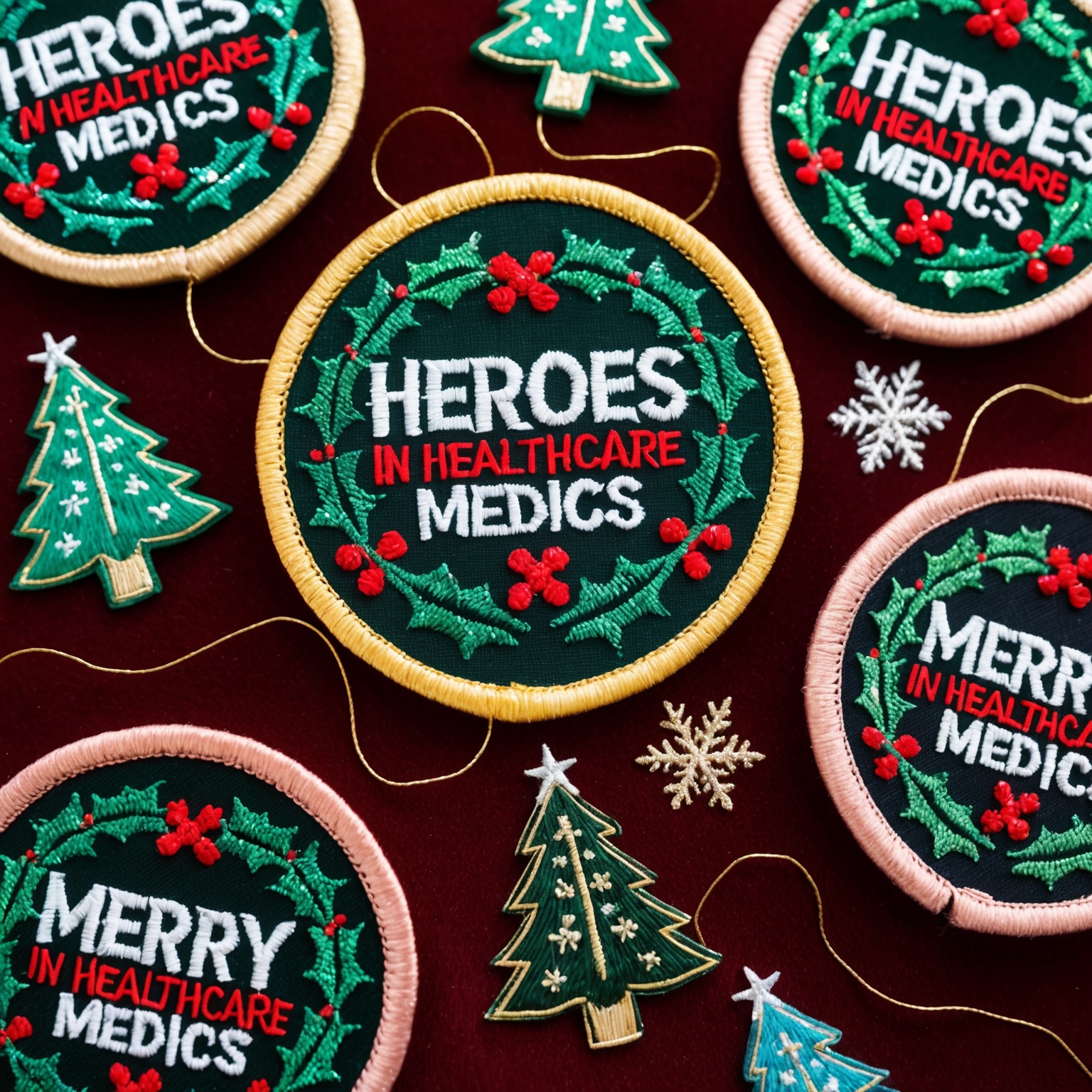Imagine a soldier on the battlefield, adrenaline coursing through their veins as they fight for their country. Now, picture that same soldier, years later, wearing a badge on their chest that encapsulates all the bravery, sacrifice, and history of those intense moments. Military badges and patches are not just ornamental pieces of cloth or metal; they are powerful symbols of military heritage, carrying stories of valor, camaraderie, and tradition. But how did these symbols evolve, and what makes them so significant in representing military heritage?
Military heritage is a rich tapestry woven from countless battles, victories, sacrifices, and traditions. It is preserved and celebrated through various means, one of the most prominent being military badges and patches. These symbols serve as tangible reminders of a soldier’s journey, the legacy of their unit, and the values they uphold. However, understanding the depth of their significance requires delving into their history and evolution. This article explores the journey of military badges from the battlefields to their revered status as symbols of military heritage.
The Historical Roots of Military Badges
Early Beginnings:
The concept of using symbols to denote military affiliation and rank dates back to ancient civilizations. Roman soldiers, for instance, wore various insignia on their armor to indicate their unit and rank. These early forms of military badges helped distinguish different units on the battlefield and fostered a sense of identity and pride among soldiers.
Medieval Heraldry:
During the medieval period, heraldry became a formalized system of identifying knights and noble families through coats of arms. These symbols were emblazoned on shields, banners, and surcoats, serving both practical and ceremonial purposes. The use of heraldic symbols laid the groundwork for the development of more modern military insignia.
The Evolution of Military Badges
World War I: The Birth of Modern Military Patches:
World War I marked a significant turning point in the use of military patches and badges. The U.S. Army’s 81st Infantry Division is credited with creating the first official shoulder sleeve insignia (SSI), featuring a wildcat on an olive drab background. This innovation was quickly adopted by other units, and patches became essential for identifying units and fostering esprit de corps.
World War II: Proliferation and Standardization:
The use of military patches expanded dramatically during World War II. Each division, corps, and army had its unique insignia, often incorporating elements that reflected their history, mission, and achievements. The designs became more intricate, and the symbolism more profound. Patches were not only practical but also served as morale boosters, helping soldiers feel connected to their units and their shared purpose.
Korean and Vietnam Wars: Personalization and Innovation:
The Korean and Vietnam Wars saw further evolution in military patches. Soldiers often created unofficial patches to commemorate specific operations or express unit identity. These patches could be humorous or defiant, reflecting the unique experiences of the soldiers. Additionally, the introduction of subdued patches during the Vietnam War enhanced camouflage, showing the practical adaptation of patches to changing combat environments.
Modern Military Badges and Their Significance
Technological Advancements:
Today’s military badges benefit from advanced manufacturing technologies, allowing for high-quality embroidery, PVC, and woven patches that offer durability and intricate detail. Customization has also become more accessible, enabling units to design patches that uniquely represent their identity and mission.
Digital Integration:
Some modern patches now incorporate digital elements, such as QR codes or RFID chips, linking to digital content like unit histories or interactive experiences. This blend of tradition and technology enhances the storytelling aspect of military badges, making them more than just symbols but gateways to rich histories.
Addressing Common Objections
Are Military Badges Still Relevant?
In an era dominated by digital communication and advanced identification technologies, some may question the relevance of military badges. However, these symbols remain crucial for maintaining tradition, fostering unity, and instilling pride. They provide a tangible link to the past and a visible representation of a soldier’s service and achievements, something technology cannot replicate.
The Cost and Practicality of Badges:
Producing high-quality badges does require investment, but their benefits in terms of morale and unit cohesion far outweigh the costs. Modern manufacturing techniques have also made it easier and more cost-effective to produce durable, customized patches.
The Future of Military Badges
As we explore the history and significance of military badges, it’s intriguing to consider their future. How will advancements in technology further enhance their role in the military? Will digital patches become the norm, or will traditional embroidered patches continue to hold their ground? These questions invite us to look forward to the next chapter in the evolution of military badges.
Honoring Military Heritage Through Badges
Elements of Badge Design:
Creating a meaningful military badge involves careful consideration of various elements:
- Symbols and Icons: Animals, weapons, and historical figures often feature prominently, symbolizing traits like courage, strength, and honor.
- Colors: Different colors convey different messages. Red can symbolize valor, while blue might represent loyalty and trust.
- Text: Mottos, unit names, and significant dates add context and meaning, turning a simple badge into a narrative piece.
Real-Life Examples: Iconic Military Badges
The Screaming Eagles: 101st Airborne Division:
The 101st Airborne Division’s “Screaming Eagle” patch is one of the most recognized military badges. It symbolizes the division’s airborne capabilities and elite status, embodying their history of bravery and tactical expertise.
The Big Red One: 1st Infantry Division:
The “Big Red One” patch of the 1st Infantry Division is another iconic emblem. It represents the division’s long history and its role as the first division to fight in World War I.
The Seabees: U.S. Navy Construction Battalions:
The U.S. Navy Seabees’ patch, featuring a bee holding a wrench and a machine gun, symbolizes the unit’s dual role in construction and combat, reflecting their motto, “We Build, We Fight.”
Celebrating Military Heritage
Military badges and patches are much more than mere decorations; they are emblems of honor, history, and identity. Each badge tells a story of the unit’s heritage, its achievements, and the sacrifices of its members. By understanding the history and significance of these symbols, we gain a deeper appreciation for the traditions and values of the military.
Whether you are a history enthusiast, a military member, or someone interested in design, understanding the evolution of military badges offers a unique glimpse into the past and a fascinating look at how we honor military heritage today.
If you are interested in purchasing high-quality custom patches, feel free to call us at 1-866-903-4903 or fill out one of our free quotes here.




